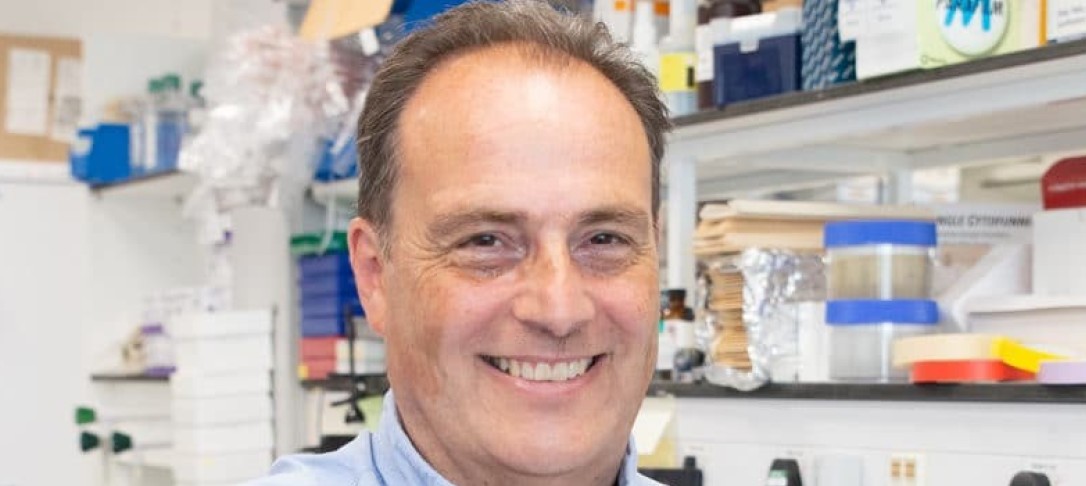
Spermatogenesis: a paradigm of stem cell regulation
To replenish cells lost through exhaustion or damage, tissue stem cells must achieve a perfect balance between renewal and differentiation. To study the factors that control such fate asymmetry, emphasis has been placed on mechanisms in which stem cell competence relies on signals from a discrete anatomical niche. However, in many tissues, stem cell maintenance takes place in a “facultative” niche, where stem cells disperse among their differentiating progenies. Using mouse spermatogenesis as a model, we present evidence that stem cell density regulation relies on a feedback mechanism, reminiscent of “quorum sensing” in bacterial populations, in which cells transition reversibly between states biased for renewal and primed for differentiation. Using a modelling-based approach, we show that this mechanism provides predictive insights into stem cell dynamics during steady-state, as well as under perturbed and transplantation conditions. We discuss the potential implications of these findings for the regulation of stem cell density in other epithelial contexts, as well as their ramifications for the elucidation of dynamic information from single-cell gene expression profiling data.


